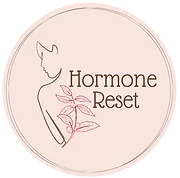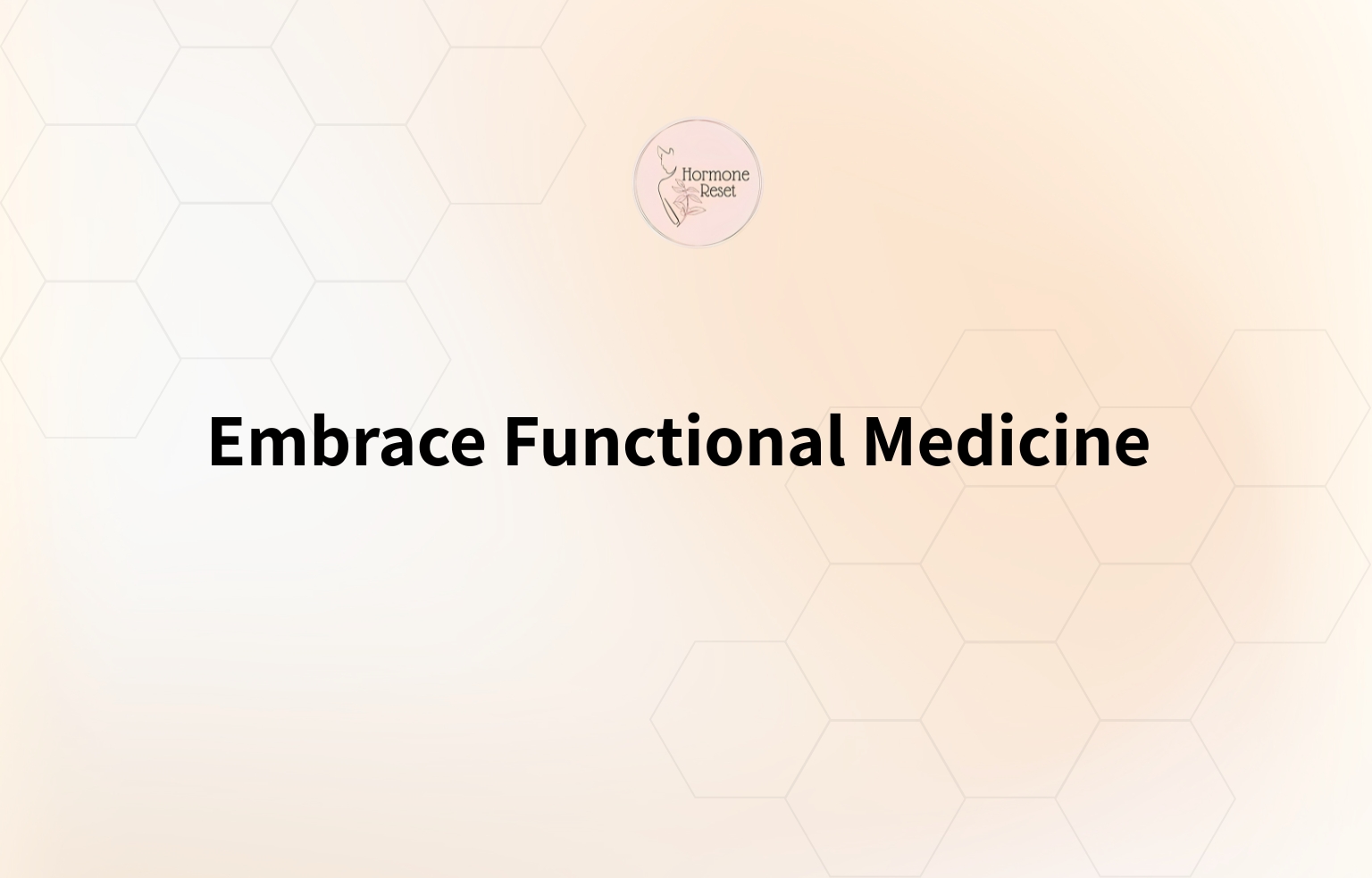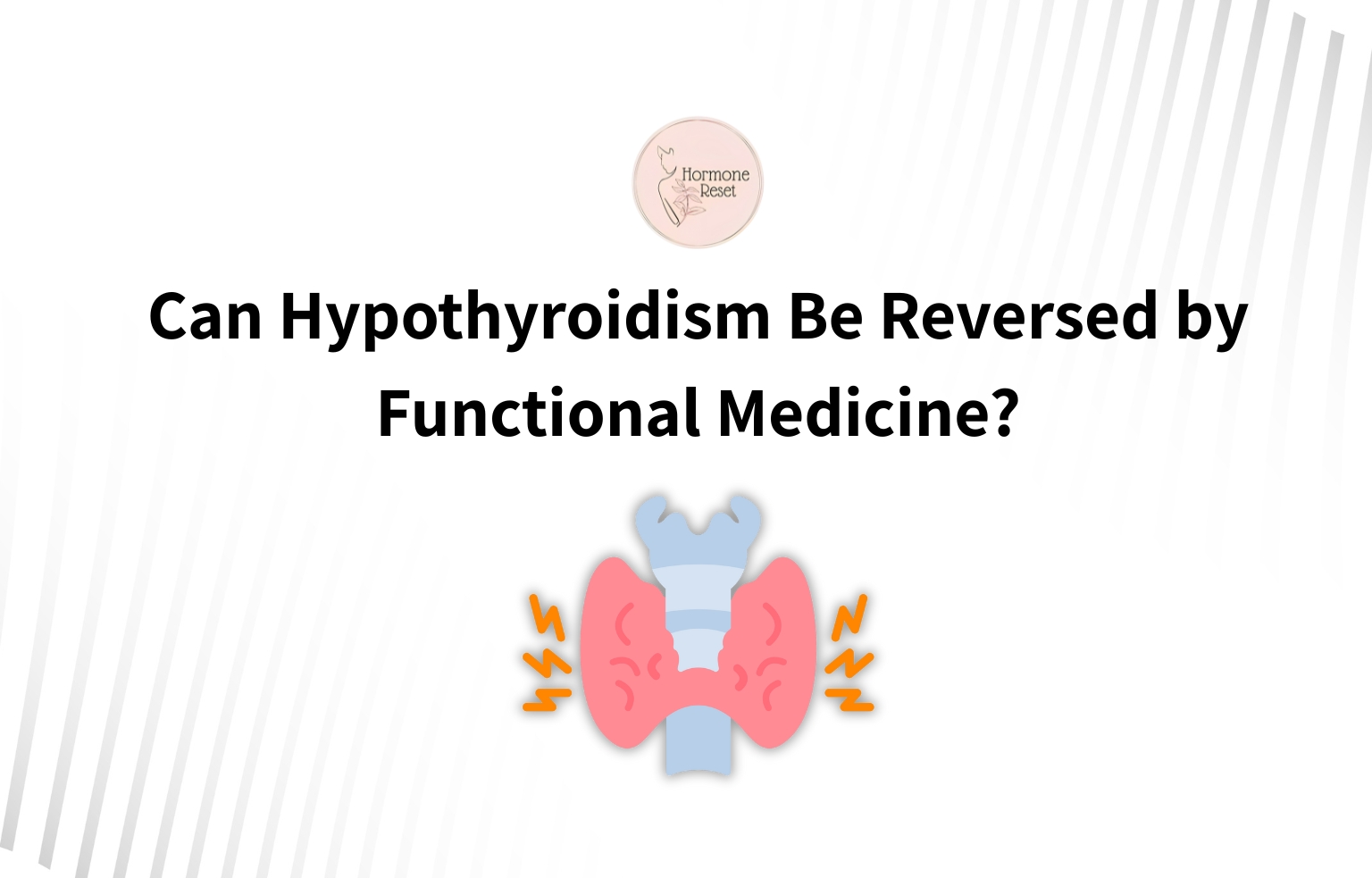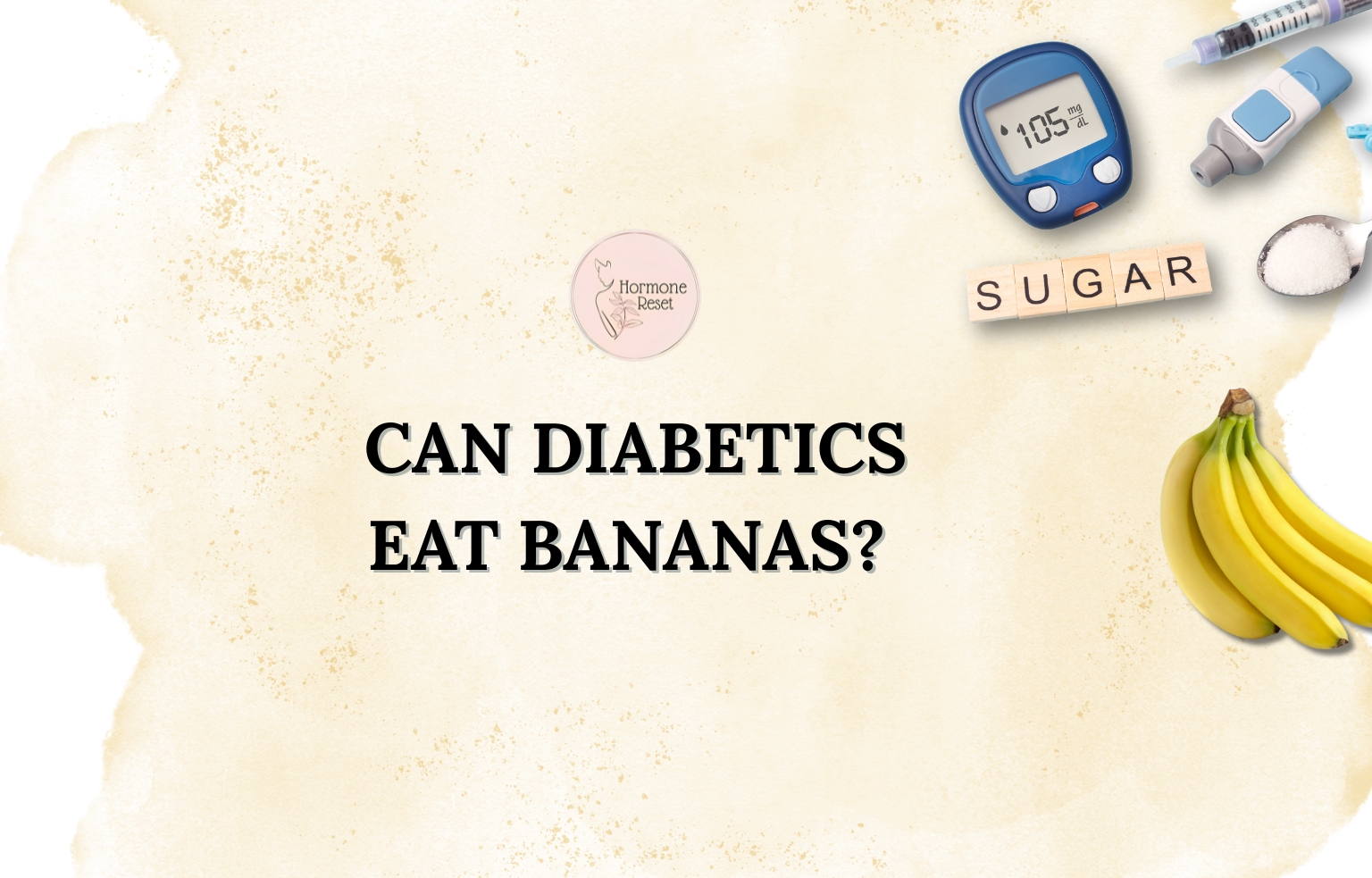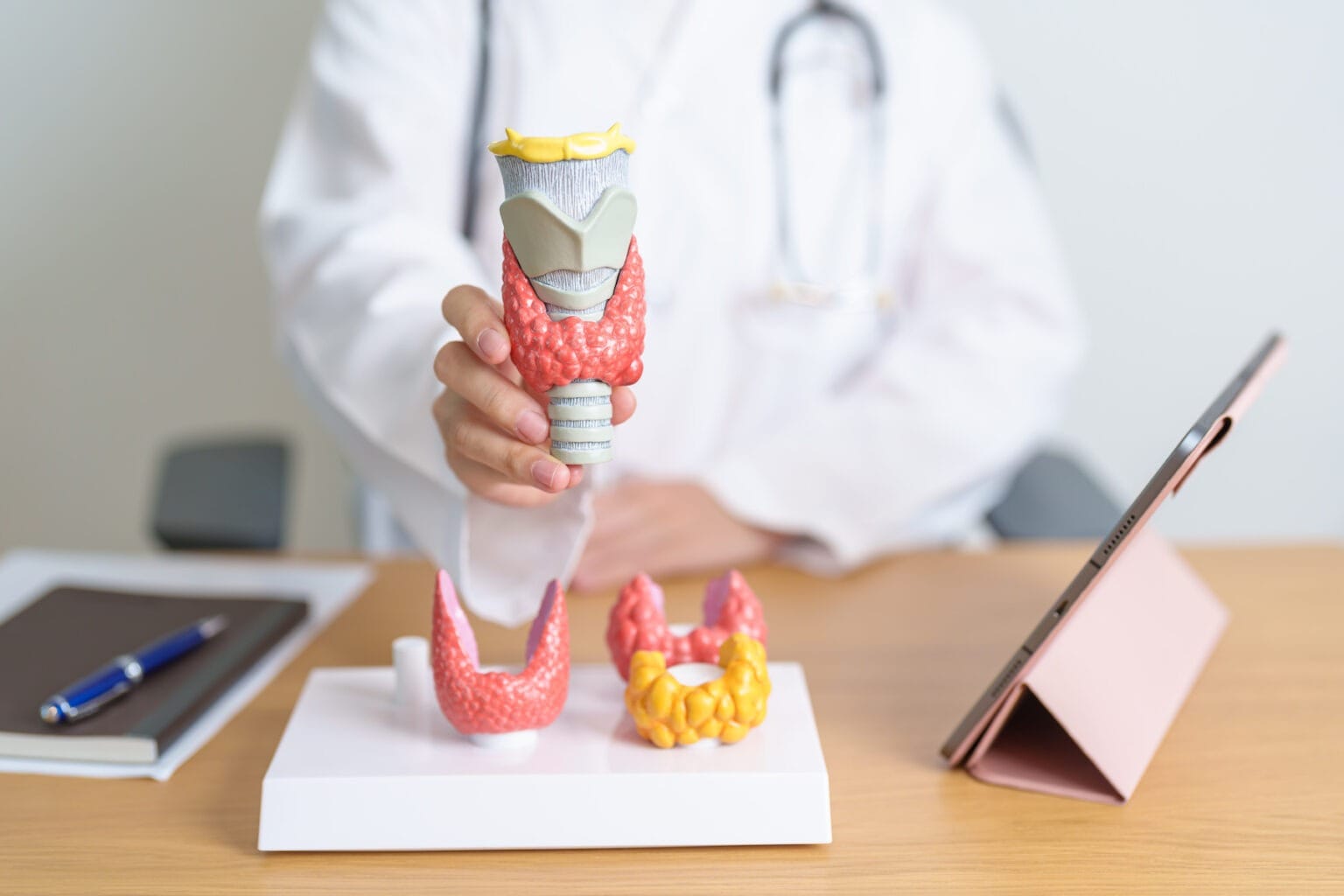Are you ready to break free from the cycle of endless doctor visits, temporary fixes, and unanswered questions?
Imagine waking up each day with boundless energy, a clear mind, and the confidence that your body is working for you, not against you. In today’s world, chronic illnesses and unexplained symptoms are more common than ever, leaving many feeling frustrated and hopeless. But what if there was a better way?
Welcome to the world of functional medicine and the Hormone Reset approach—a revolutionary path that empowers you to heal at the source, not just mask the symptoms. Get ready to discover how you can reclaim your health, restore your vitality, and live your highest life.
Why Functional Medicine? Why Now?
Chronic health issues like hormonal imbalances, autoimmune diseases, fatigue, fibromyalgia and digestive problems are soaring worldwide. Conventional medicine often focuses on symptom management, leaving many feeling stuck and frustrated. Functional Medicine Approach changes this by looking deeper, addressing the root causes such as:
- Hormonal imbalances
- Gut dysfunction
- Chronic inflammation
- Toxic overload
- Nutritional deficiencies
- Stress and lifestyle factors
Functional medicine understands that seemingly disparate organs and processes often impact the body systemically and that there are underlying reasons for all ailments. For example, stress increases cortisol, which in turn spikes insulin levels and suppresses thyroid hormone levels, leading to systemic impact.
If something in the body is not working as it should, it does not mean it is broken. Rather, it often indicates that other underlying imbalances are leading to the dysfunction. More often than not, it is a way of the body trying to desperately adapt to one or more of the root causes listed above.
By understanding these interconnected systems, Functional Medicine empowers you to heal your body holistically and sustainably.
What Is Hormone Reset?
Hormone Reset is a science-backed Functional Medicine program designed to restore your hormonal balance and overall health naturally. It’s not just about hormone replacement or quick fixes—it’s about resetting your body’s internal environment so your hormones can function optimally.
How Hormone Reset Works:
- Comprehensive Assessment:
Your unique health history, symptoms, lab markers, and lifestyle are deeply analyzed to uncover hidden imbalances. - Root Cause Identification:
Using advanced testing and expert evaluation, Hormone Reset pinpoints the underlying causes disrupting your hormonal and metabolic health. - Personalized Healing Plan:
Tailored nutrition, lifestyle modifications, detoxification strategies, and natural supplements work synergistically to rebalance your hormones and restore vitality. - Ongoing Support & Education:
You’re guided through every step with continuous support, motivation, and education to ensure lasting transformation.
Why Hormones Matter in Functional Medicine
Hormones are the body’s chemical messengers, regulating everything from energy and metabolism to mood and immune function. When your hormone system is out of sync—whether it’s thyroid, adrenal, sex hormones, or insulin—your whole body feels the impact.
Functional Medicine’s Hormone Reset approach focuses on:
- Restoring balance in the hypothalamic-pituitary-adrenal-thyroid-gonadal (HPATG) axis
- Improving hormone production, transport, and receptor sensitivity
- Minimizing the need for synthetic hormone replacement by enhancing natural hormone function through diet, lifestyle, and botanicals
This deep, personalized approach helps you regain energy, reduce inflammation, improve mental clarity, and reverse chronic conditions.
More Ways Hormone Reset Transforms Lives
- Gut Health Restoration: By targeting gut imbalances, Hormone Reset helps resolve issues like bloating, IBS, and leaky gut, restoring digestion and nutrient absorption.
- Detoxification Support: The program uses gentle, science-backed detox strategies to clear toxins that disrupt hormones, boosting your body’s natural cleansing power.
- Stress Resilience: Mind-body techniques and adaptogenic herbs help recalibrate your stress response, supporting adrenal health and emotional well-being.
- Sustainable Weight Management: By correcting underlying hormonal and metabolic issues, you can achieve and maintain a healthy weight, without crash diets or deprivation.
- Improved Sleep & Mood: Balancing hormones like cortisol and melatonin leads to restful sleep, stable moods, and sharper focus.
Real Stories, Real Transformations
The power of Hormone Reset is best seen in the lives it changes. Here are just a few inspiring examples:
- PCOS & Gut Health: One participant overcame severe acidity and PCOS by learning how environmental factors like insulin resistance and food sensitivities affect hormones and making simple lifestyle changes.
- Autoimmune Recovery: A woman with Hashimoto’s thyroiditis and adrenal fatigue found relief from migraines, hair loss, and anxiety through a holistic plan combining Functional Medicine and stress management.
- Chronic Pain & Weight Loss: Another individual shed pounds, reduced migraines, and eliminated gallstones naturally without surgery, thanks to the program’s focus on hormonal balance and root cause resolution.
- Autoimmune Disorders: Patients with rheumatoid arthritis and multiple sclerosis reported up to 80% improvement, better gut health, and glowing skin after personalized treatment and ongoing support.
These stories highlight how addressing root causes with Hormone Reset leads to lasting, life-changing results.
What Makes Hormone Reset Unique?
| Feature | Hormone Reset Functional Medicine | Conventional Medicine |
| Focus | Root causes of hormonal and metabolic imbalance | Symptom management |
| Approach | Personalized, holistic, natural therapies | Standard protocols, medication-focused |
| Support | Continuous education and coaching | Episodic visits, limited patient education |
| Treatment | Nutrition, lifestyle, detox, supplements, mind-body medicine | Drugs, surgery, hormone replacement |
| Outcome | Sustainable health restoration | Temporary relief |
Heal Deep, Live Fully
Your journey to true wellness begins with a single step—a step toward understanding, empowerment, and transformation.
With the Hormone Reset Functional Medicine approach, you’re not just managing disease; you’re unlocking your body’s innate ability to heal. Imagine a life where you feel energetic, balanced, and in control—where your health story is one of hope and renewal.
Are you ready to embrace a new chapter? The power to heal is within you. Let Hormone Reset show you the way.
References
- https://hormonereset.in/success-stories/
- https://www.ifm.org/hormone
- https://pmc.ncbi.nlm.nih.gov/articles/PMC5424588/
- https://hormonereset.in
- https://hormonereset.in/author/siddarth/
- https://integrativepainscienceinstitute.com/the-hormone-reset-diet-reset-your-hormones-heal-your-pain/
- https://hormonereset.in/category/general/
- https://theteggatzclinic.com/blogs/functional-medicine-case-study-part-1/
